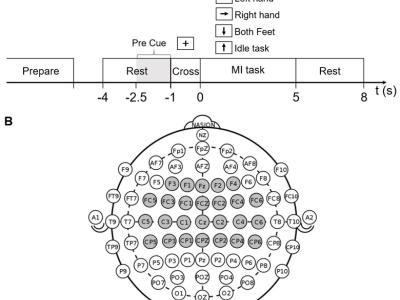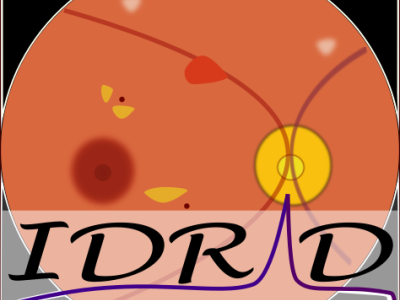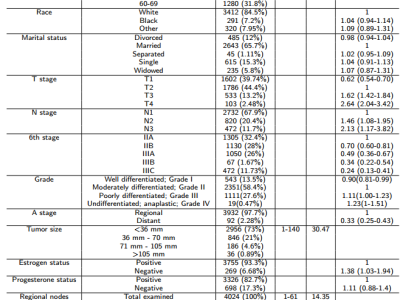EEG dataset of 7-day Motor Imagery BCI

- Citation Author(s):
-
Qing Zhou
- Submitted by:
- Qing Zhou
- Last updated:
- DOI:
- 10.21227/f1c7-7x89
- Data Format:
 3748 views
3748 views
- Categories:
- Keywords:
Abstract
In this dataset, we performed a seven-day motor imagery (MI) based BCI experiment without feedback training on 20 healthy subjects. The MI tasks include left hand, right hand, feet and idle task.
Instructions:
20 healthy subjects (11 males, mean age: 23.2±1.47 years, all right-handed) participated in this study. The recruited subjects were asked to participate seven sessions within two weeks. Each session lasted around 40 minutes and was organized into 6 runs. Subjects could have a short break between runs. During each run, subjects had to perform 40 trials (4 different MI-tasks, 10 trials per task, presented in random order), each trial lasting 9s. The direction of the arrow informed the subjects which task to perform, i.e., the left arrow corresponding to MI of the left hand, the right arrow corresponding to MI of the right hand, down corresponding to MI of both feet, up corresponding to the idle task.







This database is recommended.
So far, the study that achieved the highest accuracy rate using this data is:
https://doi.org/10.1080/10255842.2024.2355490
titled: "Authentication with a one-dimensional CNN model using EEG-based brain-computer interface"